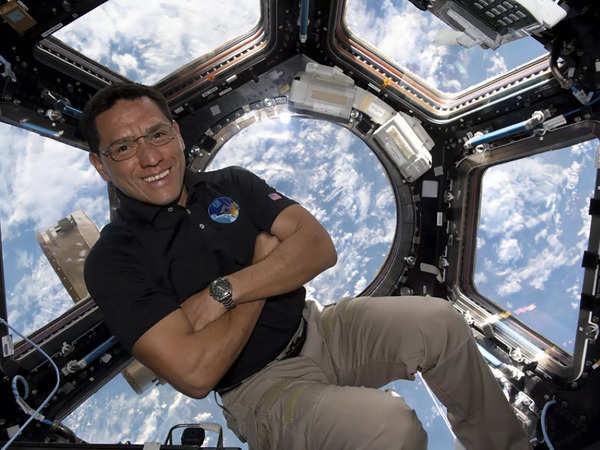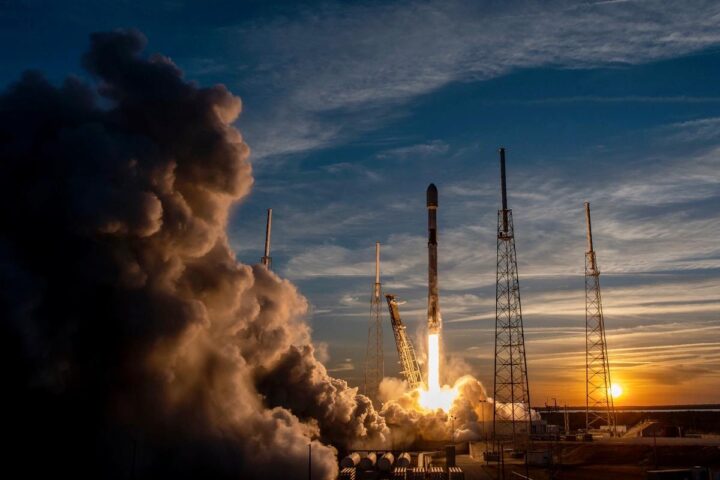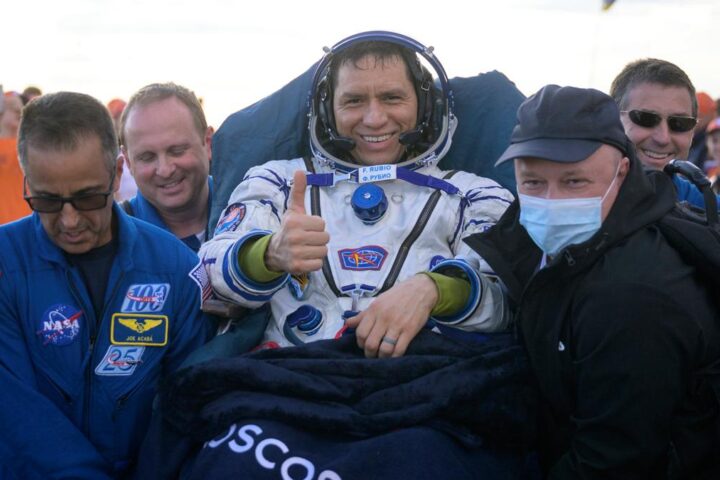NASA astronaut Frank Rubio is on the verge of completing an extraordinary feat, marking a milestone in American spaceflight history. After a record-setting 371 days aboard the International Space Station (ISS), he is preparing to return to Earth this fall. Rubio’s extended stay in space, which began on September 21, 2022, has earned him the distinction of achieving the longest single spaceflight ever by a U.S. astronaut. Throughout this historic mission, Rubio and his fellow crew members embarked on a myriad of scientific investigations and technology demonstrations, contributing significantly to our understanding of space and advancing the possibilities for future space exploration.
Exploring the World of Microgravity Biology
In the orbiting biology laboratory of the ISS, Frank Rubio delved into the Biological Research In Canisters-26 (BRIC-26) investigation. This groundbreaking study scrutinized how microgravity impacts the fundamental genetic processes and interactions of Bacillus subtilis bacteria. The findings from this research could have far-reaching implications, not only for the health and safety of astronauts on upcoming missions but also for comprehending how bacteria adapt to the unique conditions of space and specific environments on Earth.
Rubio’s involvement extended to the eXposed Root On-Orbit Test System (XROOTS), a project investigating hydroponic and aeroponic techniques for cultivating tomato plants. These techniques, devoid of traditional soil, might pave the way for scalable crop production in the future of space exploration.
Advancing Human Health and Manufacturing
The astronaut’s contributions went beyond biology to address the human element of space exploration. Rubio undertook the crucial task of replacing components inside the BioFabrication Facility (BFF), which facilitates research like BFF-Meniscus-2. This experiment ventured into the 3D printing and culturing of meniscus, a pivotal component of knee cartilage. Scientists on Earth will evaluate the mechanical properties of these 3D printed structures, potentially advancing the in-space production of complete, functional human organs for transplantation.
Recognizing the importance of physical health during long-duration space missions, Rubio also worked on the ISS treadmill. However, he also participated in the Exploration Exercise Treadmill Requirements (Zero T2) investigation, exploring alternative exercise methods, as the current treadmill may be too bulky and heavy for extended exploration missions.
Pushing the Boundaries of Technology
Frank Rubio played a key role in installing the NanoRacks CubeSat Deployer (NRCSD), facilitating the launch of six diverse satellites, including student-designed projects from Canada. These CubeSats serve as valuable tools for private, governmental, and academic organizations, enabling various research objectives in Earth’s orbit.
The astronaut stood before the Bigelow Expandable Activity Module (BEAM), an innovative expandable capsule designed to test technology for future space habitats. BEAM expands from a compact 6 by 8 feet when packed to a spacious 10 by 13 feet when pressurized. Crew members closely monitored BEAM’s temperature, pressure, and radiation protection capabilities and periodically entered the module to assess its structural integrity.
Robotics, Microgravity Physics, and Fire Safety
Rubio ventured into the realm of robotics, conducting sessions for the Multi-Avatar and Robots Collaborating with Intuitive Interface (Surface Avatar) investigation. This research explored the command of multiple autonomous robots from space, investigating responses to haptic feedback and the challenges of orbit-to-ground remote robot operation.
He was also instrumental in advancing life support systems by participating in sessions for the Exploration Potable Water Dispenser (Exploration PWD), which seeks to enhance water provisioning, including advanced sanitation methods and the dispensing of hot water.
In the realm of microgravity physics, Rubio was involved in the Solid Fuel Ignition and Extinction – Growth and Extinction Limit (SoFIE GEL) investigation, which studies burning in microgravity to select safer spacecraft materials and optimal fire suppression techniques.
Finally, in the Microgravity Science Glovebox, Rubio exchanged samples for the Pore Formation and Mobility Investigation (PFMI), exploring the effects of microgravity on the formation of bubbles and pores in molten materials, which can impact material strength and integrity.
A Spacewalk for the Future
Rubio’s incredible journey included a notable spacewalk on November 15, 2022, alongside NASA astronaut Josh Cassada. During this spacewalk, they assembled a mounting bracket for the installation of rollout solar arrays, known as iROSAs. The deployment of these arrays, accomplished through six spacewalks, the final one in June 2023, is expected to increase the space station’s power by an impressive 30%. It builds upon the success of the Roll-Out Solar Array (ROSA) investigation, validating this groundbreaking technology for future space missions.
Frank Rubio’s year-long scientific odyssey aboard the ISS represents a significant milestone in space exploration. His dedicated work across a wide spectrum of research areas has not only expanded our understanding of space but also paved the way for future advancements in human spaceflight and exploration beyond Earth’s orbit.
Disclaimer: The views, suggestions, and opinions expressed here are the sole responsibility of the experts. No Zoomer Zest journalist was involved in the writing and production of this article.





